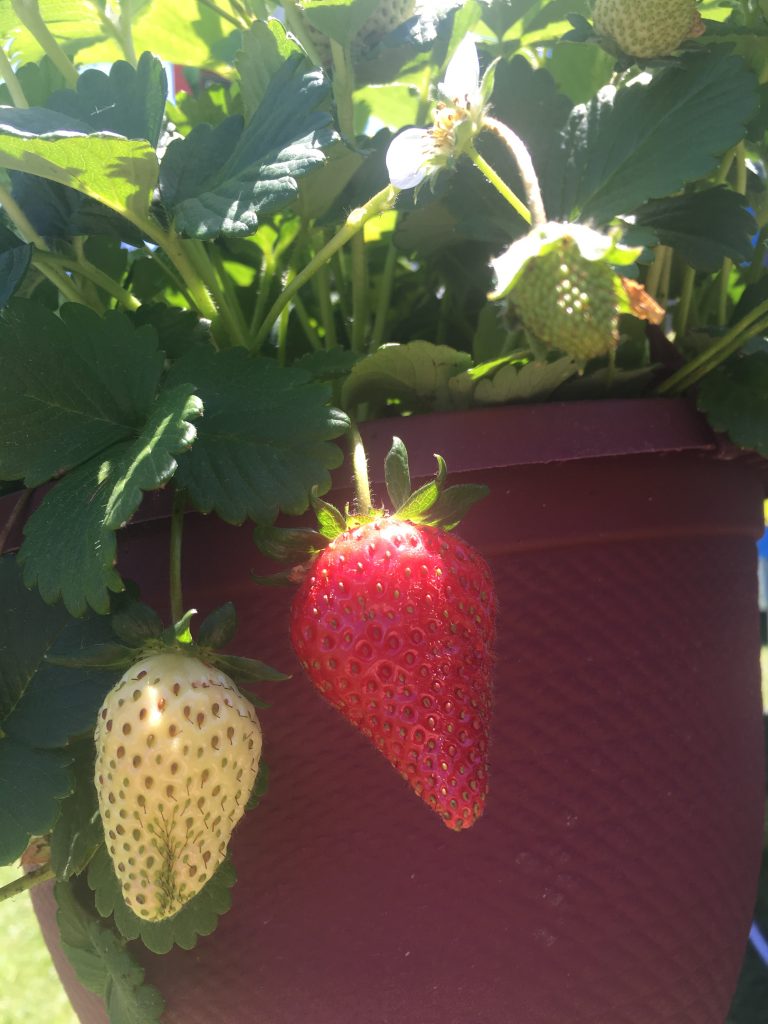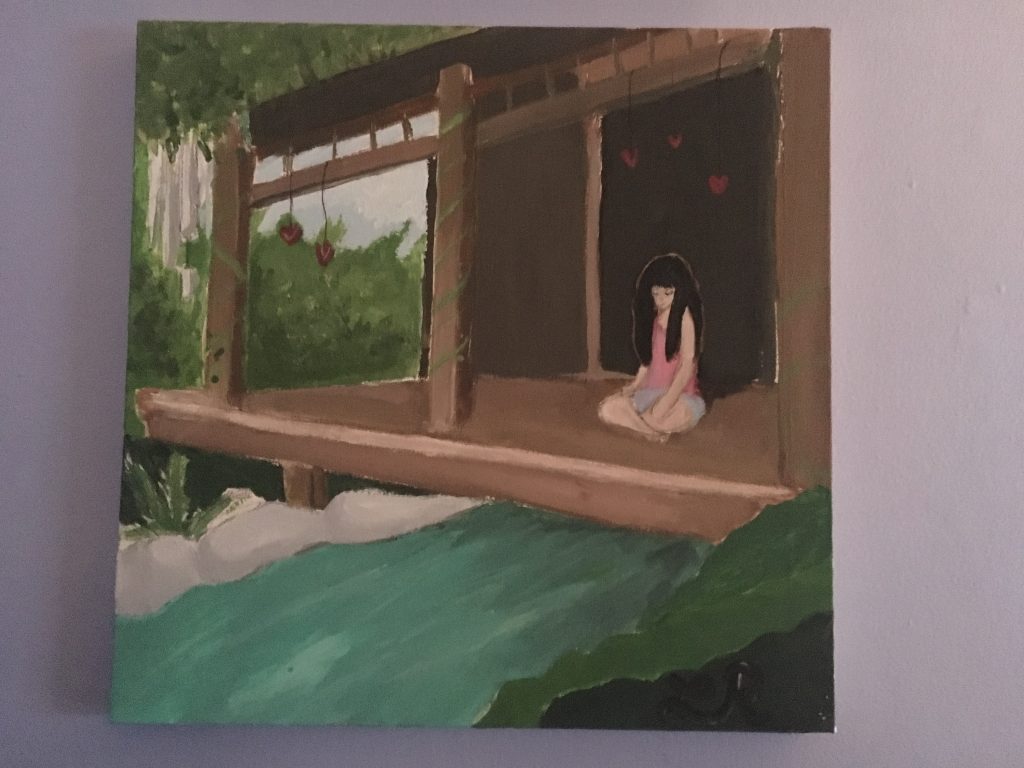

What if you spend a bit more time, though, and find out that these guys have been spending large amounts of time thinking through weather conditions and their effect on the concrete or metal? They are constantly working with speed and mass and friction and gravity. They experiment with different candles and melting techniques to wax their boards or surfaces with. They work on posture, position and movement just as carefully as a dancer does. What if you realize that they aren’t simply “on their phones,” whatever that even means these days, but replaying footage they are getting for one another and deciding whether to try different lighting or angles? What if you know that they all do their own assembling and mechanics and there is frequent chatting about pricing and percentages of sales for boards and other items?









The early years of watching my niece create structures and creatures and costumes with so. much. Scotch. tape ( we got her some in bulk one Christmas) made so much sense when I looked at more recent photos of SUCH creative costumes with different themes such as mythology and Caribbean Carnival. Her primary method of connecting materials is now sewing rather than taping:).



Nine years of committed Home Depot workshops, something S was dying to try for fun the month he turned 5, led to such determination of meeting the goal of 100 projects. Right afterward, he began pursuing wood-working in a mentored opportunity with a carpenter. Almost four years later, he continues to enjoy it tremendously. Having been commissioned to build windows (his first time working with glass, with assistance) and also hired from time to time by his mentor for installation jobs, the line between work and play is as wonderfully blurred now as it was in childhood.




It is said that “the proof is in the pudding,” and I have to say that has rung true for me recently! All the busyness, curiosity, exploring and playing, playing, playing of those early years has continued as a thread running through each of them, whether or not I thought much about it at the time.
Play has been an expression of their personality, learning and a continuity of who they are. Many pieces have become woven together and as joyful as it was to watch in the moment, it is fascinating to see so much of it become integrated and continue to bear fruit in the teen and young adult years.
So much fun, this:).

Have you noticed different ways that personality plays out in the older kids in your life? Or maybe you remember how interests and certain kinds of play weaved through the years of your own life?
Enjoy this post? Please share.

